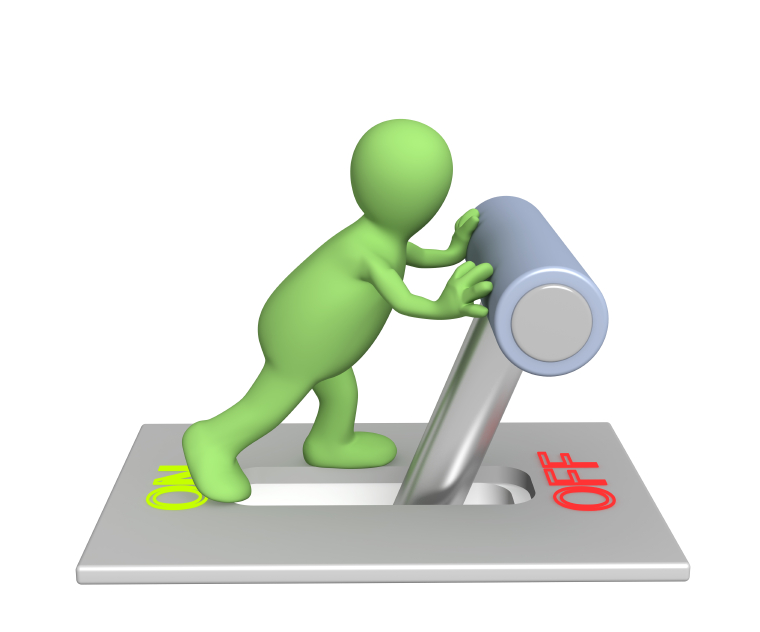Think of anxiety as a physical process originally intended for protection against real danger. But it has a tendency to overreact.
Example: Say you’re worried about a problem or uncertainty in your future. Somehow, your brain has interpreted this as a present threat and released anxiety chemicals into your system. Chemicals that you don’t really need, because the danger isn’t imminent.
So the problem becomes: How to turn off the anxiety switch?
We’ll use two tools: breathing and visualization.
First, think of a place where you feel quite safe and relaxed. It could be a favorite vacation spot or room in your home, or it could be wholly imaginary, just something you made up. Maybe it’s a beach on a warm, calm day. The important thing: it feels relaxed and safe to you.
Next step: Sit in a chair with both feet flat on the floor (remove your shoes if you like), with hands palm down on your thighs. Allow your eyes to close.
Begin deep breathing as follows:
- Inhale to a count of three, letting your abdomen expand as you take in the air.
- Then exhale, this time to a count of 9. Make the count measured– not too fast, not too slow.
- Be sure to push the air out during the exhale. This make take a little practice, but it’s not difficult.
- Inhale and exhale in this fashion perhaps ten times– counting 3 in, 9 out, pushing the air from your abdomen.
After eight to ten breaths, relax your breathing and allow your mind to drift to that pleasant place you identified earlier. Allow yourself to spend a few minutes just being there, noticing how relaxed it makes you feel, how calming it is. Let the feeling of calm expand in your mind.
When you’re ready, allow your eyes to open. You notice you feel refreshed. No longer particularly anxious. The whole process took five minutes or so.
And the best part is, you can visit your “calm place” whenever you want.














Anxiety is very common among addicts and codependents. Some of it stems from insecurity and shame that lead to symptoms, such as difficulty making decisions, worrying about things and what people think, self-criticism, and not expressing feelings. An easy exercise is to slowly exhale, making an “ssss” sound by placing your tongue behind your teeth. This breath has also been shown to reduce pain. Slowing our breath triggers neurotransmitters in our lungs that signal our brain to slow our thinking. This is also why yoga and meditation can reduce stress and anxiety.
Darlene Lancer, LMFT
Author of “Codependency for Dummies”
http://www.whatiscodependency.com
Good article! When visualizing, it is better to use the vacation spot or imaginary place, rather than home. You never wants thoughts of “home” to be tainted by anxiety in any way. And there are so many other wonderful possibilities! Build that perfect, safe, wonderful place in your mind!
Nice technique to help us over come anxiety,Cause when we get anxious,we will find some difficulties in breathing and a good breath technique like this one you wrote about will help any one in anxious mood,to control his/her breathing.I think breathing difficulties is one of the most common symptoms of anxiety is that right ?